All dogs are instinctively wired for self-preservation. When their safety or power is perceived as threatened, they can “go defense” and turn to aggressive behaviors like growling, barking, lunging or even biting. Note that a threat need only be perceived by the dog and not necessarily real. To a dog, perception is reality.
To live more safely with any dog, be aware of the seven potential triggers for aggression and avoid them whenever possible.
1. Food
A dog cannot survive without food. Some dogs consider food an existential resource worth guarding and may growl when anyone approaches their food bowl. This can be especially dangerous when small children live in the home and might innocently toddle over while their dog is eating.
If you have a dog that guards his food, try feeding him in a crate. This will afford him the security he needs and avoid any accidental aggression.
2. Toys or Chews
Guarding of valuable objects or resources can also be considered by the dog to be necessary for self-preservation. It might be a favorite toy, or a bone, rawhide, bully stick or pig’s ear. It doesn’t matter what it is; if the dog values it, he might protect it by aggressively telling others to “Stay away!”
If you have a dog that guards his “valuables,” consider removing those particular items from your household altogether. If he guards rawhide chews, don’t buy them. If it’s bully sticks he covets, don’t have them around. Stay with toys and such that your dog can enjoy but won’t obsess over.
3. Space
Here’s a good rule of thumb when it comes to space with regard to your dog: The smaller the space, the more likely a dog will defend his part of it. Space becomes the limited resource. If a dog’s space is invaded, or taken away altogether, he is vulnerable at best; gone at worst.
Beware of letting your dog feel claustrophobic, with no escape route when he feels nervous or threatened. For example, don’t invite strangers to pet your dog when you are standing against a wall or in a corner. Think twice about those sidewalk cafes with tables against the storefront; probably not the safest idea to have your dog lying there under the table, between your chairs and against the building. Talk about feeling trapped if an unfamiliar dog or human approaches and invades their personal space!
High spaces, like sofas or beds, can also trigger aggression, since elevated space can denote an elevated social position that needs to be defended. in that case, anyone approaching a dog’s elevated space could represent a threat to their power. This is why many dogs will growl or even bite when their owner tries to move them off the bed or sofa or a family member tries to move into their space.
For dogs with a proclivity to interpret bed or furniture privileges as power, those privileges should be either eliminated or made conditional. (Dog wears a leash at home; must wait for invitation to come up to elevated space and must get off immediately and happily when asked, the leash being used to bring them off, with less risk to the owner of being bitten.)
4. People
Some dogs consider their family members as their “property.” When a non-family member approaches, they can growl, bark or lunge to defend. Often this is misinterpreted as the dog “protecting” the owner. In reality, however, he is “owning” them!
The solution for this type of aggression is usually rebalancing the relationship between dog and owner to change how the dog sees the hierarchy. Owners that learn to be better leaders are less likely to be considered property and dogs that accept their “follower” position know they don’t “own” their owners.
5. Excitement and Stimulation
In Nature, moments of chaos and confusion can open a window for social change. Dogs that desire a higher position in the hierarchy take advantage of this window to grab it; those that want to hold on to their positions, ready themselves to defend it. It can be like a high-stakes game of musical chairs, played with matches on a tinderbox. This is why dogs can be on edge during times of excitement or over- stimulation and aggression can result.
To avoid unnecessary stimulation aggression, keep your emotions as calm as possible around your dog, avoid chaos in the home and over-stimulating situations outside the home. Some dogs even find the excitement of dog parks too much. Know your dog and do not force him to accept more than he can handle.
6. Anger
Dogs are by nature, synchronistic. That means that they are wired to synchronize with the energy or situation around them. In the wild, all dogs in the pack sleep at the same time, so all are refreshed and ready to hunt together. Females biologically synchronize their heat cycles. This is efficient, since orphaned pups can find a wet nurse in another female, also nursing young. It also gives the pack greater security during those periods when there are no young pups that might increase their vulnerability.
All that to say, as a synchronistic being, a dog is likely to return anger with anger, aggression with aggression. To avoid this type of back-at-cha aggression, keep your voice low and calm even when you are upset with your dog. Fake it ‘til you make it, if you must. Instead, use synchronization as a tool; be calm to calm your dog and energetic if you need to jazz him up for a game of outdoor fetch, etc.
7. Correction and Punishment
Proud dogs can feel their pride and position threatened when they are corrected. Think about it; most corrections have an element of “demotion” for dog that is challenging their leader’s rules or requests. Keep our image of musical chairs in mind. In the pack, when one dog is demoted, it is open season for redistribution of the hierarchy. Correcting a dog, especially in the presence of other dogs, can cause the corrected dog to lash out aggressively to others around him, in a proactive move to preserve his social position.
Keep your corrections as private and discreet as possible, but your praise very public, so the corrected dog is not humiliated, but publicly elevated when he obeys. (That’s my secret formula!)
Now, be safe and help your dog be the best he can be.
-Diva
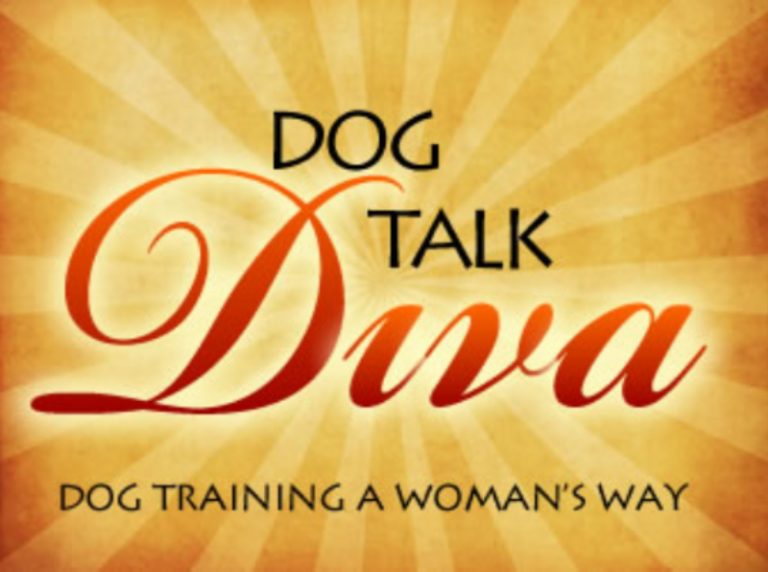
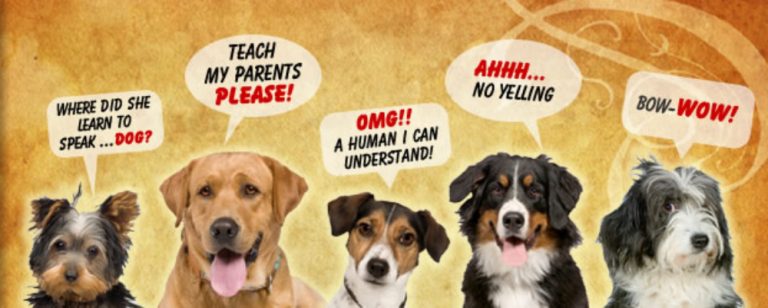
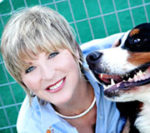

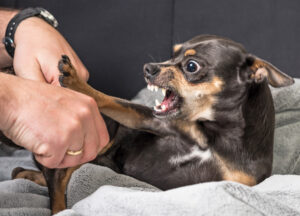

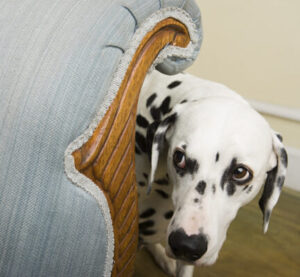
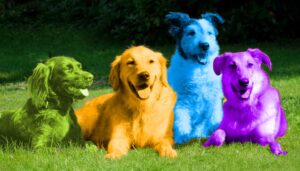

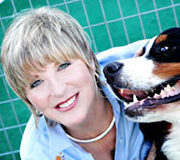
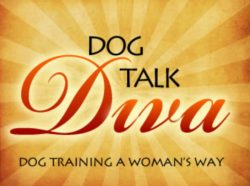
One Response
Hello there,
I really need help with my dog. I have a 2 year old eurasier who had multiple health aortic stenosis and a luxating g patella. I’ve had surgery done on the leg but he still has pain. He doesn’t go for walks so I let him stay outside unrestrained. He’s fine with being g good and staying on the property but now I cannot get him to come in. He’s starting f to show his teeth and would likely bite me. I feel the distance growing and my control waning. I dont want to be aggressive with him but how can I get him back in line?